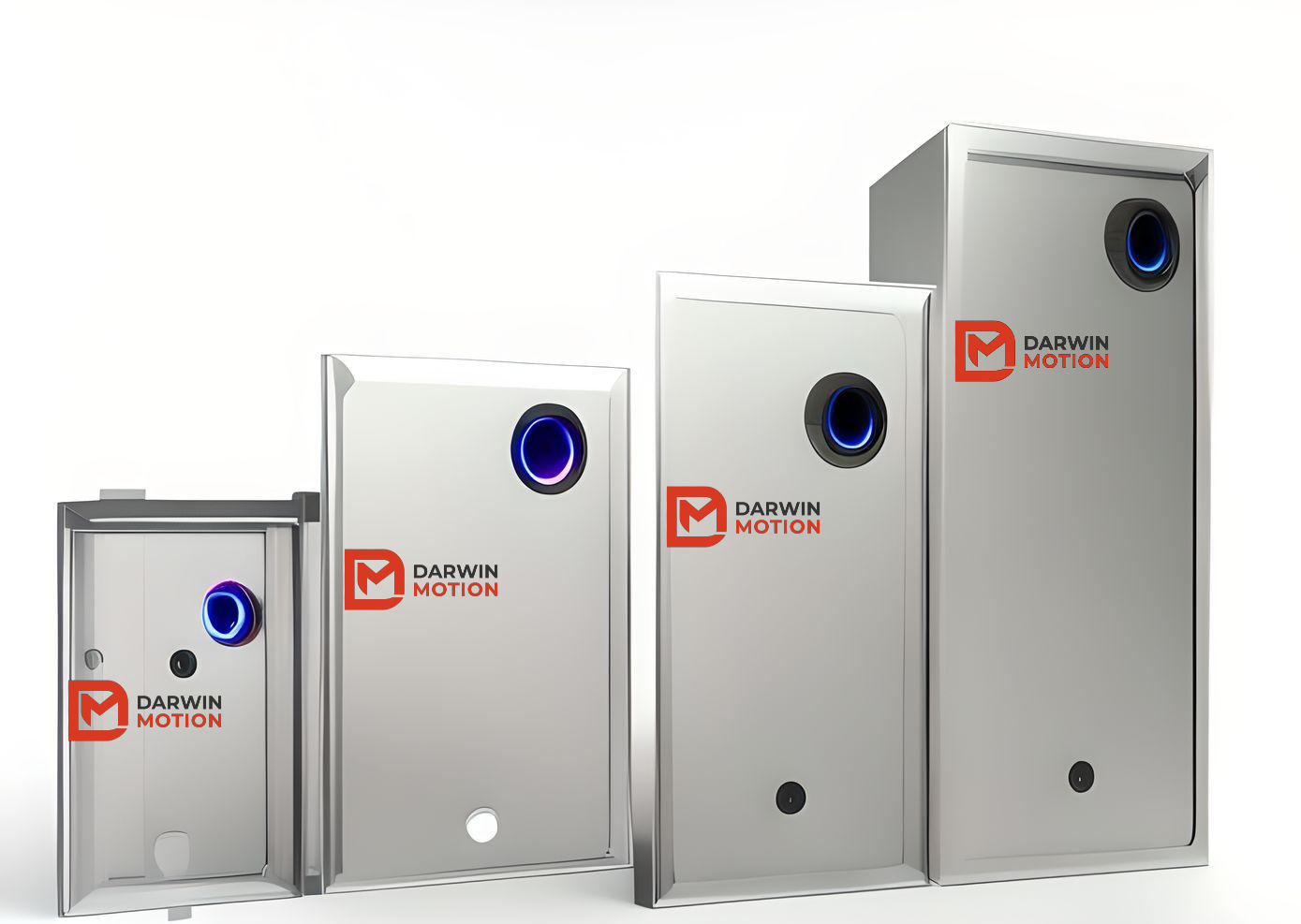Posted on 28th Mar 2024

In the quest for energy efficiency and sustainability, industries are continually seeking innovative solutions to reduce energy consumption and operational costs. One such solution gaining prominence is the Variable Frequency Drive (VFD) or ac drive. A VFD controls the speed of an electric motor by adjusting the frequency and voltage supplied to it. This technology offers significant energy savings by matching motor speed with the required load, thereby avoiding the constant energy consumption associated with traditional fixed-speed motors.
However, quantifying the potential energy savings from implementing VFDs can be challenging without a clear understanding of the variables involved. This is where a Variable Frequency Drive Energy Savings Calculator becomes invaluable. Let's delve into what this calculator entails and how it aids industries in maximizing efficiency.
1. Basic Principles:
A Variable Frequency Drive Energy Savings Calculator operates on fundamental principles of motor efficiency and energy consumption.
It considers parameters such as motor power rating, operating hours, load profile, utility rates, and efficiency improvements offered by VFDs.
2. Input Parameters:
Motor Specifications: Input the motor's power rating, voltage, current, and efficiency.
Load Profile: Define the operating hours, duty cycle, and speed variations required.
Utility Rates: Enter the cost of electricity per kWh and demand charges, if applicable.
System Efficiency: Determine the expected efficiency gains from implementing VFDs.
3. Calculation Methodology:
The calculator employs mathematical algorithms to simulate energy consumption with and without VFDs or high frequency drive.
It factors in load variations and adjusts motor speed accordingly to optimize energy usage.
The algorithm computes energy savings over a defined period, typically monthly or annually.
4. Output Analysis:
Energy Savings: The calculator provides a detailed breakdown of energy savings achieved by using VFDs.
Cost Savings: It quantifies the financial benefits in terms of reduced electricity bills.
Payback Period: A crucial metric indicating the time required to recoup the investment in VFD installation.
By accounting for various parameters, the calculator offers a precise estimation of potential energy savings.
It considers real-world operating conditions, enabling informed decision-making.
Businesses can evaluate the economic viability of VFD installation based on projected cost savings and payback period.
It assists in prioritizing investments in energy-efficient technologies to maximize returns.
The calculator facilitates optimization of VFD settings by identifying the most efficient operating parameters.
It helps in fine-tuning motor speed and load requirements to achieve optimal energy utilization.
Industries striving to meet energy efficiency regulations and sustainability targets can leverage the calculator to assess their environmental footprint.
It aids in demonstrating compliance with energy conservation mandates and certifications.
Manufacturing plants, HVAC systems, pumps, and fans can achieve substantial energy savings by implementing VFDs.
The calculator assists in retrofitting existing systems and optimizing energy usage in new installations.
Office complexes, shopping malls, and hotels benefit from VFDs in elevators, escalators, and ventilation systems.
Property managers can utilize the calculator to evaluate the ROI of energy-efficient upgrades.
Farms employing irrigation pumps, ventilation systems, and feed conveyors can enhance energy efficiency with VFDs.
The calculator aids farmers in understanding the potential cost savings and sustainability benefits.
The Darwin Motion Variable Frequency Drive Energy Savings Calculator serves as a valuable tool for industries striving to enhance energy efficiency and reduce operational costs. By providing accurate projections of energy savings and financial benefits, it empowers businesses to make informed decisions regarding VFD implementation. As organizations prioritize sustainability and cost-effectiveness, leveraging such calculators becomes imperative in achieving their goals while contributing to a greener future.